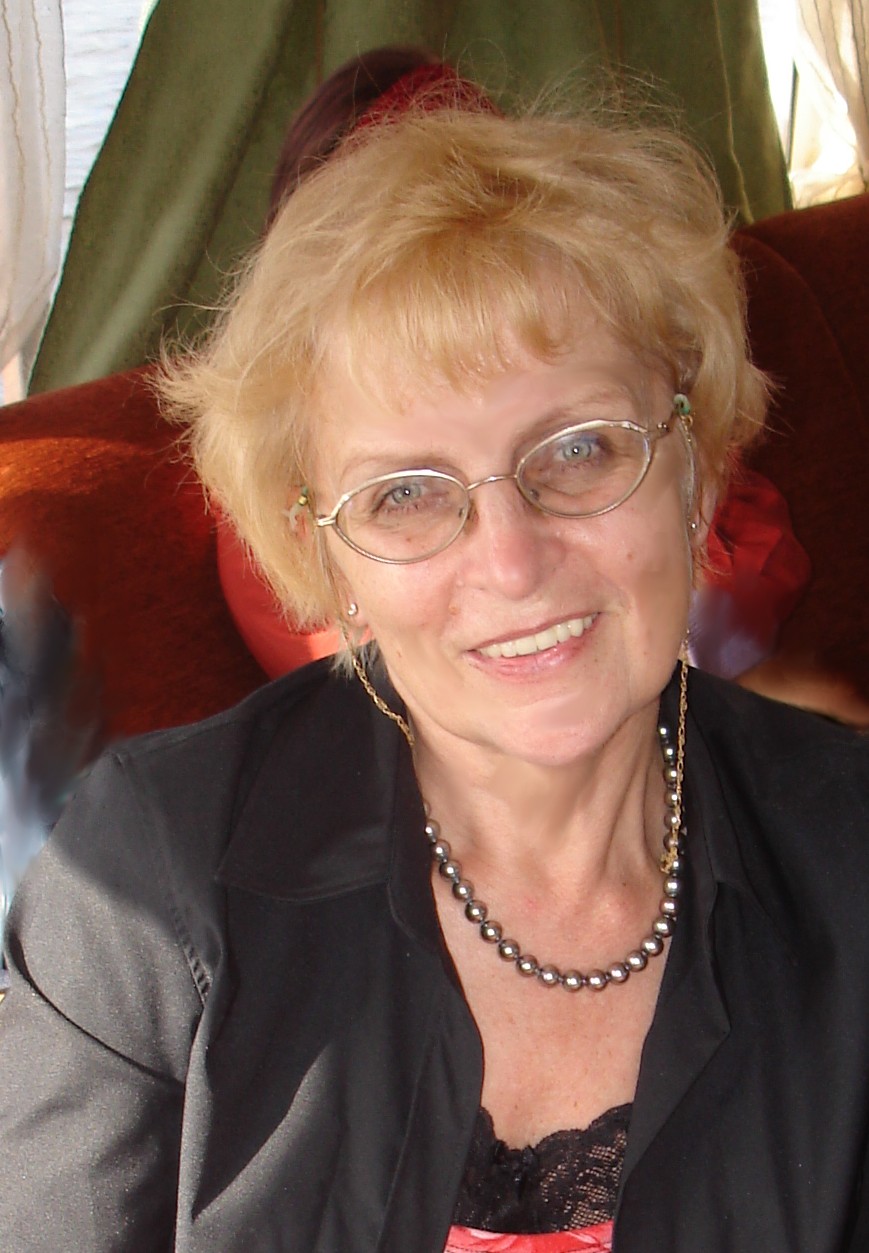Recording: https://disk.pku.edu.cn/link/AA9FAACCB1B9E844DA891C9A854FA49AB7
Abstract: Multidimensional spaces are widely used in mathematics and physics. It is well known that we live in a 3+1 spacetime. Models in lower-dimensional spacetimes are often employed as toy models to explore specific processes under simplified conditions.
In physics, models in higher-dimensional spacetimes are not merely mathematical generalizations of our observed reality; they can encode essential physical information. In this context, it is worth mentioning the Kaluza-Klein theory, superstring theory, and others. A special role is played by five-dimensional models, known as holographic models, in which the fifth coordinate serves as an auxiliary dimension representing the energy scale.
This talk will also address the emergence of negative dimensions, which appear when attempting to describe black hole thermodynamics using quantum statistical models. The origin of this phenomenon lies in the violation of the third law of thermodynamics (in Planck's formulation) by the Schwarzschild black hole. To assign mathematical meaning to geometrical objects in negative dimensions, we use analytical continuation and properties of the Riemann zeta function.
The talk is based on:
I. Y. Aref'eva et al, “Holographic QCD running coupling for light quarks in strong magnetic field,” Phys. Rev. D 110, 086021 (2024)
I. Y. Aref'eva and I. V. Volovich, “Bose gas modeling of the Schwarzschild black hole thermodynamics,” Theor. Math. Phys. 218, 192-204 (2024)
I. Aref'eva and I.Volovich, “Violation of the Third Law of Thermodynamics by Black Holes, Riemann Zeta Function and Bose Gas in Negative Dimensions,” Eur. Phys. J. Plus 139, 300 (2024)
Bio: Irina Yaroslavna Arefyeva is an outstanding Russian mathematician and theoretical physicist, Doctor of Physical and Mathematical Sciences, Professor, and Corresponding Member of the Russian Academy of Sciences since 2022.
She graduated from the Physics Department of Leningrad State University in 1970 and completed her postgraduate studies in this department. In 1973, she defended her PhD thesis on "Scattering Theory in Constructive Quantum Field Theory". In 1977, the results of her thesis were appreciated by the USSR Academy of Sciences - she received the Gold Medal for Young Scientists.
In 1982, Irina Yaroslavna defended her doctoral dissertation on the topic "On renormalizability in the framework of the 1/N expansion of nonlinear sigma models".
Starting from 1970, Prof. Aref'eva is working at the Steklov Mathematical Institute, first in Leningrad (Saint Petersburg), then in Moscow. Now, she has a position of Chief Researcher of the Department of Theoretical Physics. Prof Aref'eva is a member of the editorial board of the journals "Journal of Physics A, Mathematical and General", Institute of Physics Publishing, Bristol, UK, (2000-2006) and "Theoretical and Mathematical Physics" (since 2008).
She was one of the first to put forward the hypothesis about the possibility of black hole production in accelerators within the framework of TeV gravity, showed that a model that is not renormalizable according to the standard perturbation theory turns out to be renormalizable in the inverse number of field components (the so-called 1/N-expansion), solved the problem of constructing a theory free of ultraviolet and infrared divergences for an essentially nonlinear three-dimensional n-field. Her work on the contour approach in gauge field theory is widely used in quantum chromodynamics; obtained estimates of the formation time of quark-gluon plasma and the total multiplicity of particles formed depending on the properties of colliding heavy ions within the framework of the holographic approach.
Prof. Aref'eva's areas include: Renormalization theory, Superstring theory, D-branes, duality between gauge theories and superstring models.
